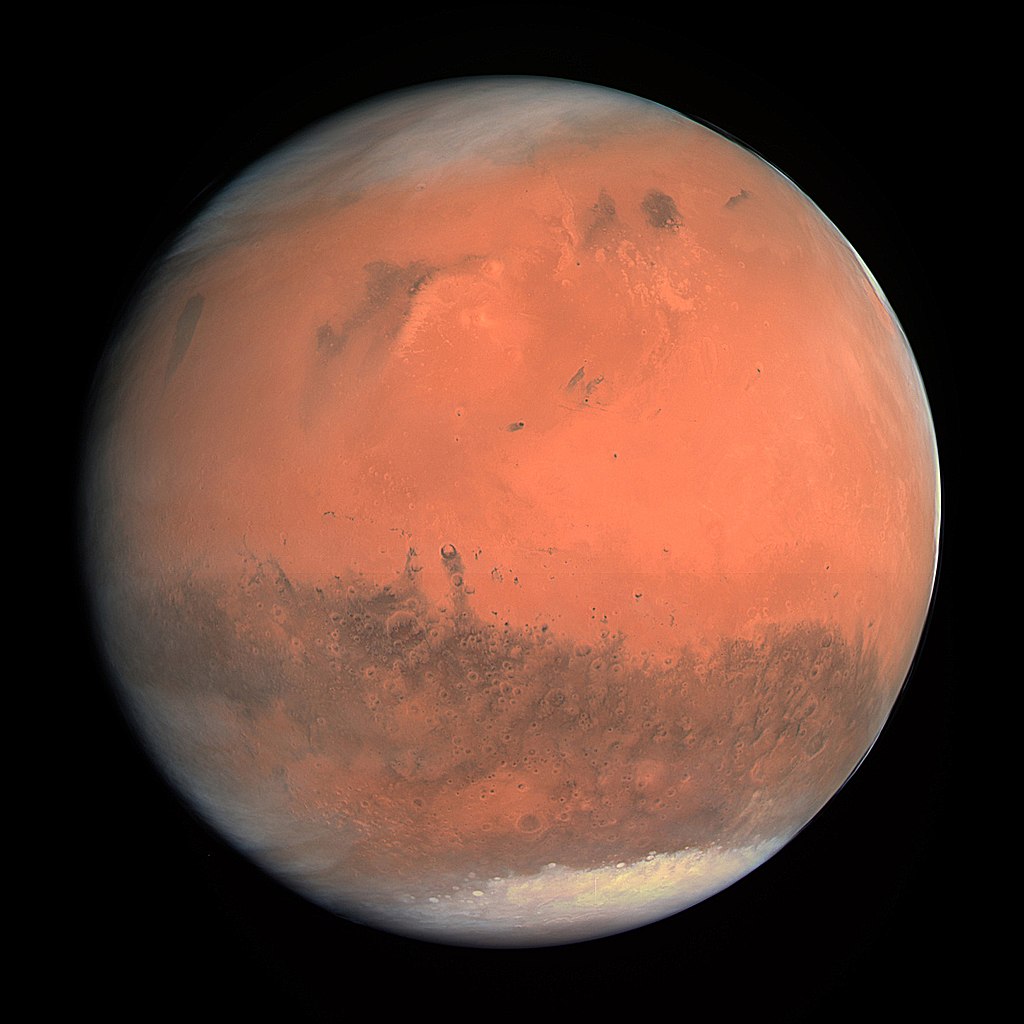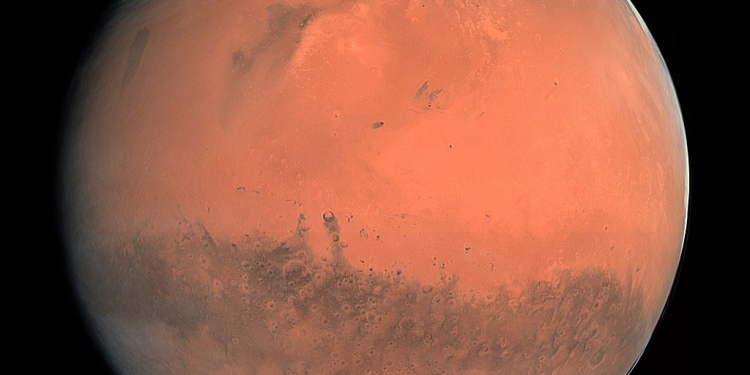
It’s almost two weeks since InSight successfully touched down on Mars and already the rover is sending over the first sounds ever recorded on Martian soil.
Take a listen…
The sounds are produced mostly from vibrations created by the Martian wind hitting a number of the rover’s instruments. Two sensors, in particular, picked up the vibrations: 1. a seismometer meant so study ground movements on the planet. The sensor is currently on board the rover (but will soon be placed on the ground in front of it), picked up vibrations from the rover’s solar panels. 2. An air pressure sensor picked up vibrations directly from the air movements.
We are hearing sounds created on another planet!
If the haunting sounds seem otherworldly, well that’s because it is. Mars is literally another world from Earth and Martian air is completely different from the air on earth. It is one hundred times less dense than that of Earth. Not only that, its composition and behavior are nothing like what we would expect from air here on Earth.
Most notably, the pitch of the wind is far too low to hear, according to Popular Science, despite blowing at an estimated 10 to 15 miles per hour (about 16 – 25 kilometres per hour). To make the sound audible to human ears, NASA had to speed up the recording by a factor of 100. The final 29-second clip you hear in the video was recorded in real time over the course of 48 minutes on Mars.
It’s hard to be heard on Mars
The thin atmosphere on Mars makes it very hard for sound waves to travel far. If you were to talk on Mars as you would on Earth the sound waves would not be heard as far and as loud as it would if you were on Earth. While Earth’s atmosphere is made up mostly of nitrogen, air on Mars is almost entirely carbon dioxide. The size and shape of the CO2 molecule make it prone to spinning when hit by soundvibrations. That spin robs the soundwaves of energy, making them die out quickly.
A long, long way from home
Mars and Earth are constantly moving along their orbits and as such their distances relative from one another is always changing. However, if the planets are aligned correctly, the closest distance between the two is about 54.6 million kilometres. On average, the two planets are about 401 million kilometres apart.
With current propulsion technology and depending on the location of the two planets, it can take about 120 to 300 days to reach Mars. Even at the speed of light, it takes an average of 12 minutes for light to reach Earth from Mars.
This makes it even more interesting that a robot over 400 million kilometres away, is able to
Science is eff-ing amazing!
Image credit: True color image of Mars taken by the OSIRIS instrument on the European Space Agency (ESA) Rosetta spacecraft during its February 2007 flyby of the planet. Via Wikimedia








